In the News
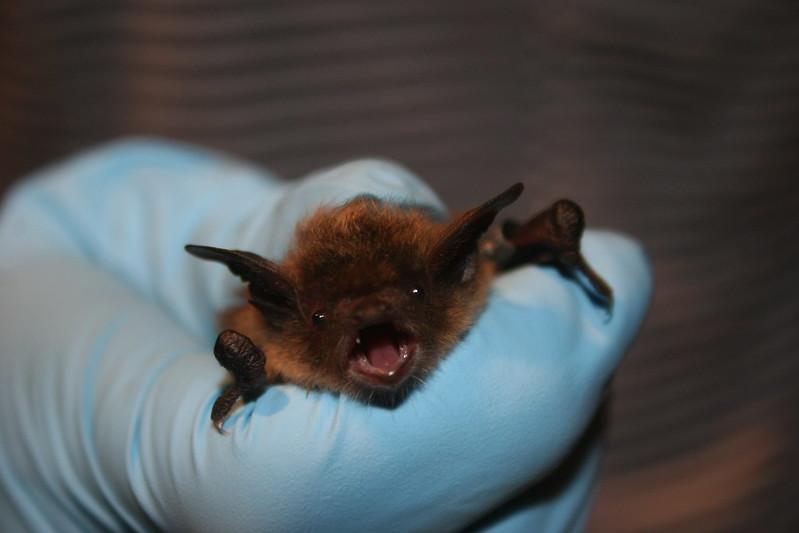
October 07, 2019
Cornell's wildlife experts weigh-in on the impact of white-nose syndrome, a fungus that has been devastating bat populations across North America, with a mortality rate that can often reach 90 to 100 percent.
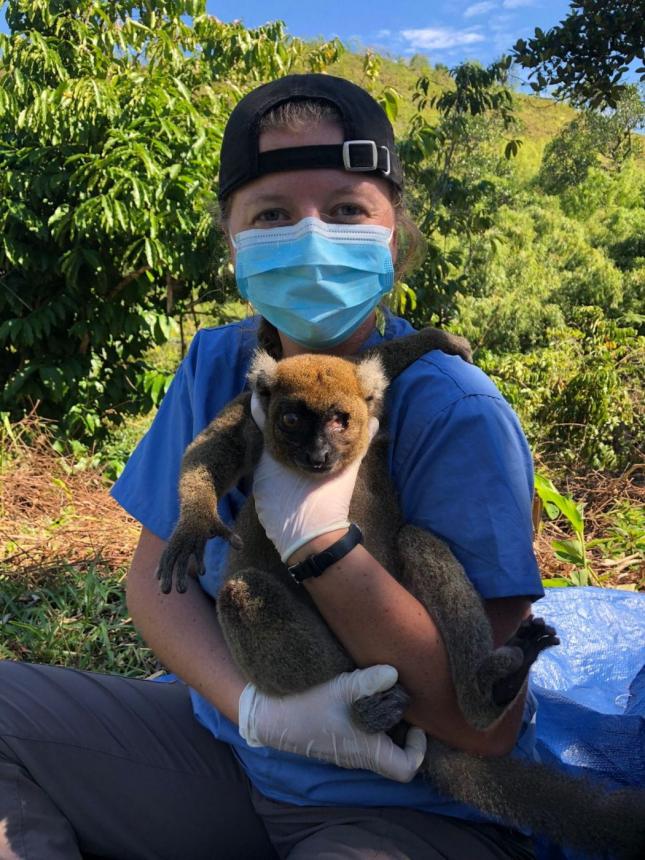
Blog
October 03, 2019
Cornell veterinary student Bekah Weatherington ’21 reports about her experience in Madagascar working to conserve critically endangered lemurs.
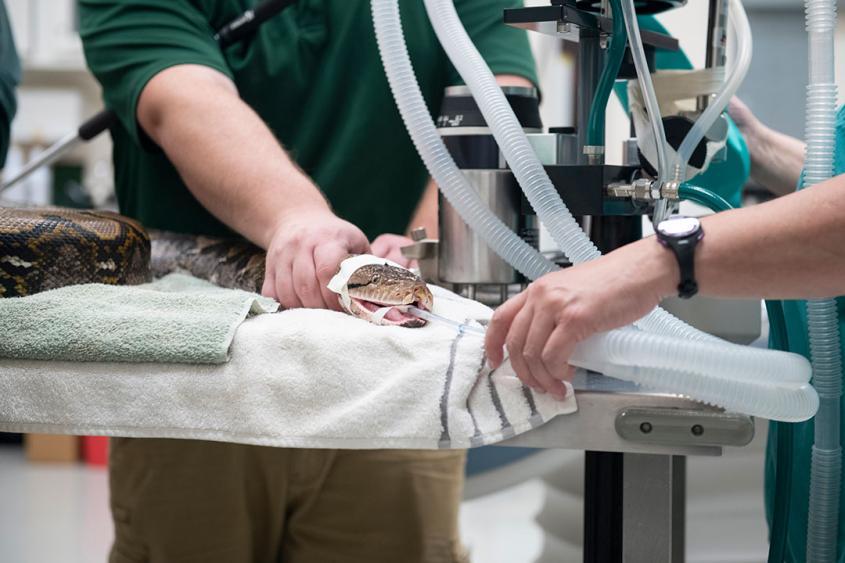
October 02, 2019
A scan performed at Cornell University Hospital for Animals aided veterinarians in their treatment of a python from Rosamond Gifford Zoo in Syracuse, New York.
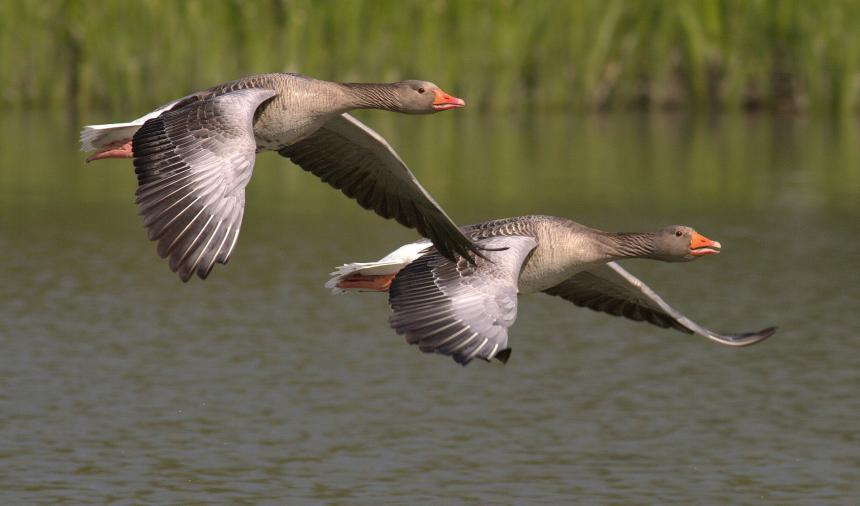
October 02, 2019
The Cornell Wildlife Health Lab has created StaPOPd, an interactive online tool that helps calculate how many plants or animals need to be introduced into a habitat in order to establish a stable population - a critical piece of information for conservation projects.
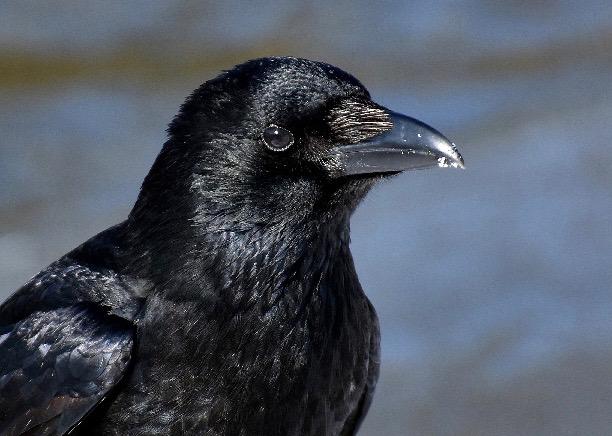
For Your Information
October 01, 2019
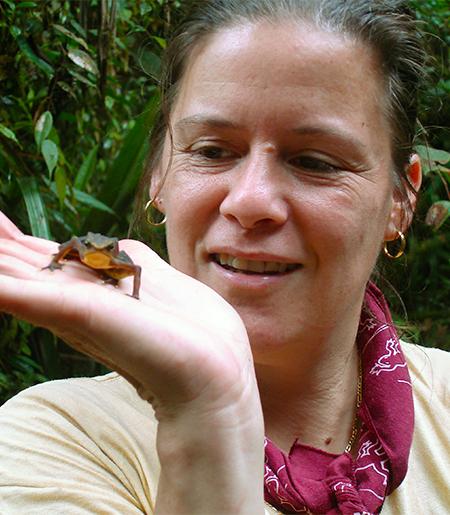
September 30, 2019
Cornell's Professor Kelly Zamudio discusses how two virulent fungi are impacting frog and salamander populations.
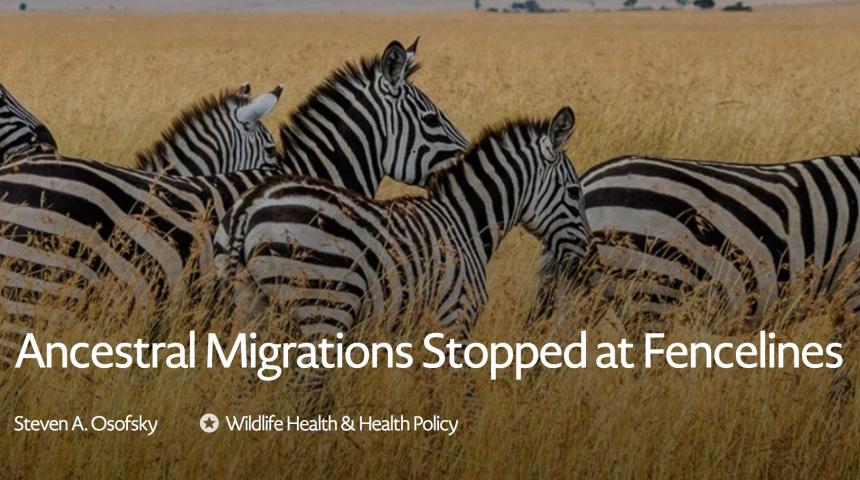
Announcement
September 30, 2019
The Cornell Wildlife Health Center is honored to be featured in Cornell's first Global Grand Challenge - Migrations: Researching, Teaching and Building for a World on the Move, through our One Health partnerships and solutions.
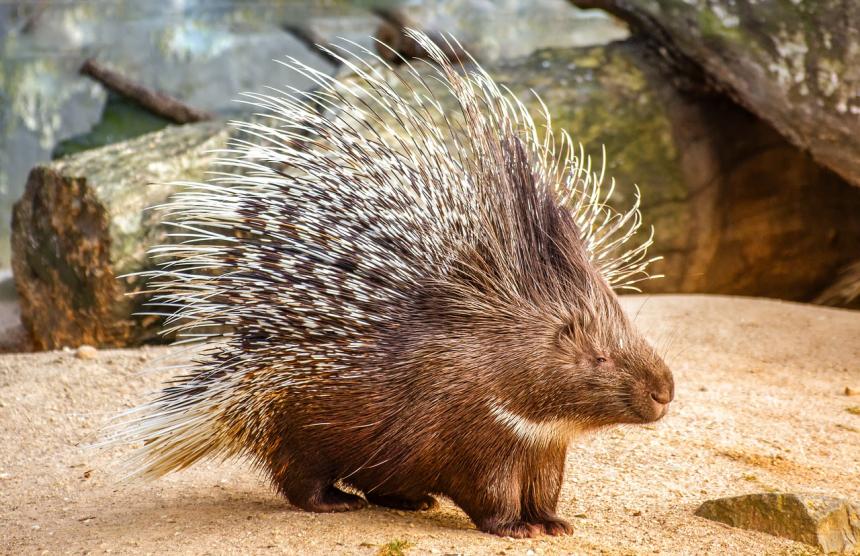
September 23, 2019
Cornell's Dr. Laura Goodman helped to identify a new deadly fungal disease in porcupines, adding to the list of species hit by such outbreaks. The newly discovered fungal disease is zoonotic, which means it can be passed on to humans, although there are no documented cases of this occurring.
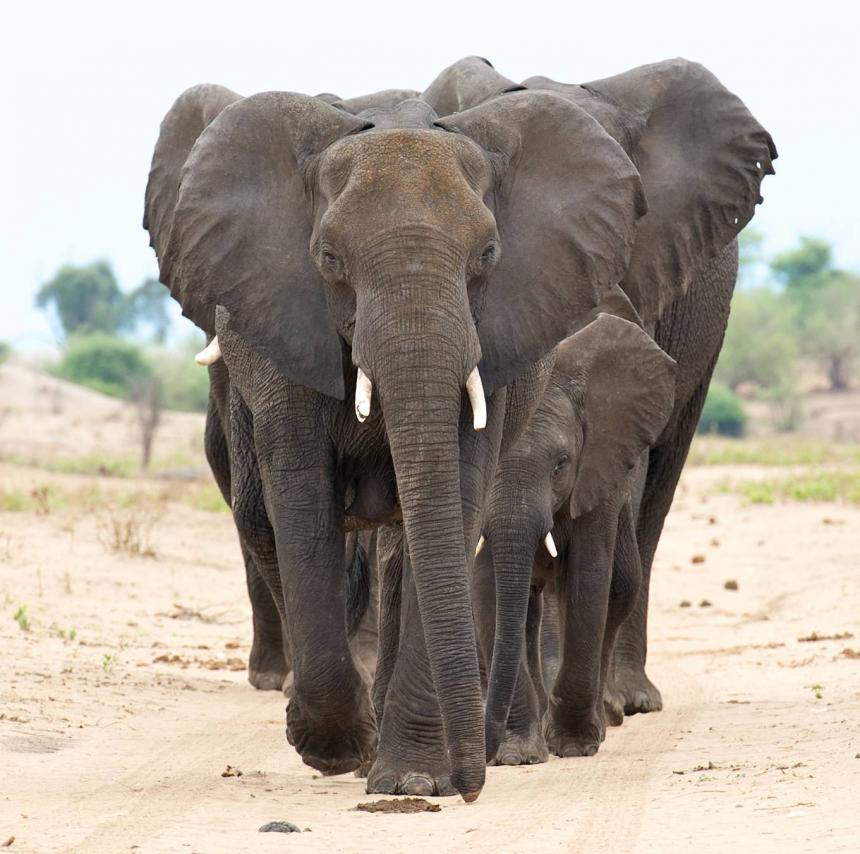
September 20, 2019
by
Steve Osofsky
At our recent meeting in Maun, Botswana, an unprecedented reimagination of rangeland stewardship gained genuine traction, an approach that could resolve land-use conflicts that have plagued the nation and the region for more than half a century....

Blog
September 20, 2019
The Cornell Wildlife Health Center's Dr. Steve Osofsky has observed the long-standing conflict between southern Africa's livestock and wildlife sectors firsthand. In this piece for Scientific American, he explains how the region is at a crossroads of opportunity, and offers a novel approach for making Africa's largest transfrontier conservation area a success.
